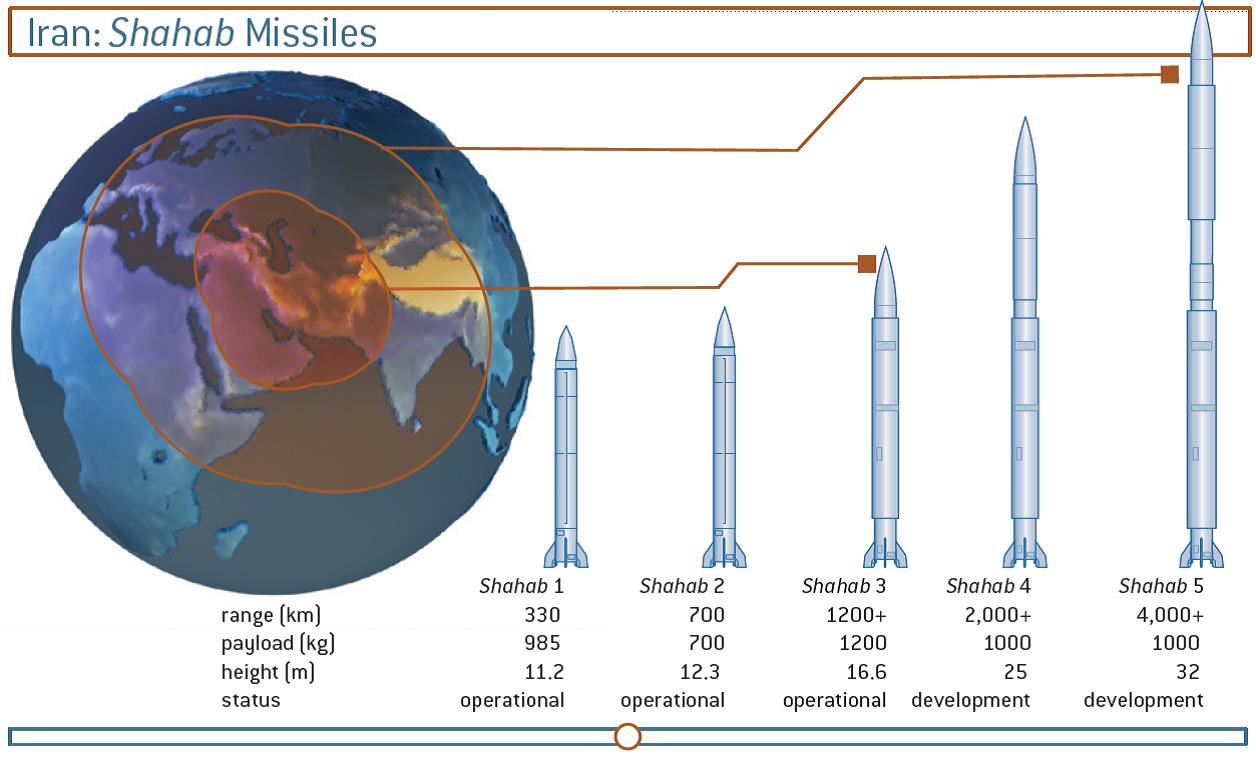Amb. Henry F. Cooper, Chairman . . . Lt. Gen. Daniel Graham, Founder
High Frontier . . Building Truly Effective Defenses . . Reagan’s Vision Lives!
E-Mail Message 130712
About that Ballistic Missile Threat from the South. . .
By Ambassador Henry F. Cooper
July 12, 2013
As discussed in our recent emails, the Senate Arms Services Committee (SASC), in its recommended National Defense Authorization Act (NDAA) for FY 2014—S.1197, directed the Secretary of Defense to provide a Report to Congress evaluating the ballistic missile threat from North Korea and Iran and the effectiveness of our current and planned ballistic missile defense (BMD) systems in countering that threat. This report is also to consider possible improvements from additional ground-based interceptors and sensors, additional ground-based BMD sites, enhancements in operational effectiveness and the potential of the [Navy’s] Standard Missile-3 (SM-3) to augment U.S. Homeland defenses.
In particular, the proposed Report to Congress is to evaluate the effectiveness of BMD systems against ballistic missiles that might be launched from vessels off our coasts—including from the Gulf of Mexico—and against other threats that could in the future approach the United States from the South.
We probably won’t know for sure what language will be in the final Act until sometime in late Summer or Fall after the full Senate acts and the House-Senate conference completes its work. Hopefully, this SASC proposal will survive because this report from Secretary Hagel would be important and timely. Hopefully, it will deal with a number of issues about which we have expressed concern, including that:
- Nation states could easily launch ballistic missiles from seafaring vessels of the type that regularly operate near U.S. coastal waters. Iran demonstrated this capability over a dozen years ago, in a testing mode that suggests an early interest in a high altitude nuclear detonation that could produce a wide area electromagnetic pulse (EMP).
- Terrorists could buy SCUDs or other short-range missiles to attack the U.S. from vessels off out coasts—gaining a nuclear weapon and mating it to such a missile would be problematic . . . so that scenario would likely require the participation of a nation state.
- Aegis BMD ships have demonstrated an ability to shoot down such attacking ballistic missiles in their ascent phase, provided the Aegis ships are operating in the proximity of the attacking vessel launching ballistic missiles. While “picket ship” duty is not recommended, it is plausible that, if they are prepared, the Aegis crews could provide this capability during normal operations in the vicinity of our coasts—and even when in port. The SM-3 Blk IIA (scheduled to be available by 2017) will significantly increase the current potential defended area.
- Aegis ashore ground based interceptors would have the same capability as those on our Aegis cruisers and destroyers—and could be dedicated to the mission of countering the off-coast threat. With current interceptor capabilities several sites would be required to provide continuous coastal defensive coverage—e.g., perhaps four sites for basing the current SM-3 interceptor around the Gulf of Mexico. With the higher velocity SM-3 Blk IIA, perhaps two would be sufficient.
- Both North Korea and Iran have launched satellites in orbits that initially pass over the South Pole. If such a satellite were to carry a nuclear weapon, it could be detonated during its initial passage over the U.S. and create an EMP over the entire continental U.S. with devastating effect. Notably, Iran and North Korea probably have cooperated in designing and possibly testing nuclear weapons that could maximize this threat.
The threat of a ballistic missile attack instigated by North Korea and Iran is serious concern. But, in my opinion, Iran is the greater concern because its Islamic leadership has sworn to destroy not only the “Little Satan” Israel but also the “Great Satan” America. This ideological mindset of the mullahs does not change with new political leadership that promises to some the makings of a more moderate Iran. And when Iran gains a nuclear weapon light-weight enough to be easily mated to a ballistic missile of any range more than a few hundred miles, they become a major concern for us. Iran already has ballistic missiles of all ranges as indicated below from our 2009 Independent Working group report.
 Our “Red Line” may be somewhat different from the Israelis’, because they are closer to “ground zero,” but we too should have a “Red Line” in dealing with Iran’s nuclear programs. Hopefully, Secretary Hagel’s report will deal with this thorny issue in time to make a difference in our defenses against pending Iranian mischief.
Our “Red Line” may be somewhat different from the Israelis’, because they are closer to “ground zero,” but we too should have a “Red Line” in dealing with Iran’s nuclear programs. Hopefully, Secretary Hagel’s report will deal with this thorny issue in time to make a difference in our defenses against pending Iranian mischief.
In particular, Iran’s mischief extends to our South, as Ilan Berman recently testified to the House Homeland Security Committee Subcommittee on Oversight and Management Efficiency. His discussion of Iran’s extensive involvement in Latin America is referenced, to a significant degree, as a response to well justified diplomatic and economic pressure from the West against Iran’s nuclear programs. My take from Ilan’s discussion is that Iran has been buying friends to our south—enabling among other things covert activities, including the elite paramilitary unit of Iran’s Revolutionary Guard, in carrying out “paramilitary operations to support extremists and destabilize unfriendly [to Iran] regimes.”
While we should be cautious not to exaggerate the concern, it is not inconsistent with Ilan’s testimony to imagine that Iran is engaging the powers that be in Latin America to pose a modern “Cuban Missile Crisis” in the not too distant future—involving, for example, some of the above many Iranian ballistic missiles—or at least know-how—in threatening an attack on the United States from the South.
This would become especially dangerous if coupled with nuclear weapons as was the case when the Soviets were arming Cuba with nuclear weapons and ballistic missiles in 1962. As I discussed in an article last October on the 50th anniversary of the Cuban Missile Crisis, we now know that we grossly underestimated the extent to which Cuba had Soviet missiles and nuclear weapons at the time—we dodged a bullet, and did not learn how bad it was until decades later. Some now believe it was a close as we have ever come to nuclear war.
We may not be so lucky the next time we face a nuclear threat, e.g., perhaps from our South when Iran could either launch such an attack from a vessel in the Gulf of Mexico or perhaps in conjunction with Venezuela, which Iran is supporting with technology and “know how.” Hopefully, Secretary Hagel’s report will also deal effectively with this thorny issue.
Whatever . . . it seems clear that Aegis BMD—at sea and ashore—should be a major part of the solution.
What to do?
While waiting expectantly on Secretary Hagel’s Report to Congress, High Frontier will continue to inform the powers that be of the existential threat associated with electromagnetic pulse (EMP), including from ballistic missile or satellite attack with nuclear weapons; and how it can be countered. With all the bad news from the Middle East and North Korea, we may need the most effective defenses we can build relatively soon.
We will couple these concerns in our efforts to urge the powers that be in Washington as well as grass roots Americans and local/state authorities to get involved in learning about the issues and responding accordingly.
And what can you do?
Join us at High Frontier in seeking to alert the public and your local and state authorities to the existential threats posed by both man-made and natural EMP events—and what can be done about these threats.
We can use your help in spreading this information to the grass roots and to encourage all “powers that be” to provide for the common defense as they are sworn to do. Will you do your part?
Begin by passing this message to your friends and suggest they visit our webpage, www.highfrontier.org for more information. Also, please encourage your sphere of influence to sign up for our weekly e-newsletter!
Please click here to read Past Weekly Updates!
Please click here to read past Flash Messages!
Please help High Frontier continue this important and timely work!
 Be sure to follow us on our Social Sites!
Be sure to follow us on our Social Sites!
If you found this letter via our Social Sites, and you would like to subscribe, click below!





